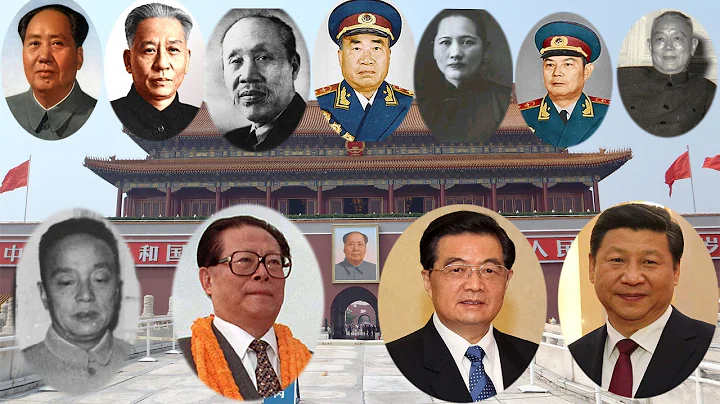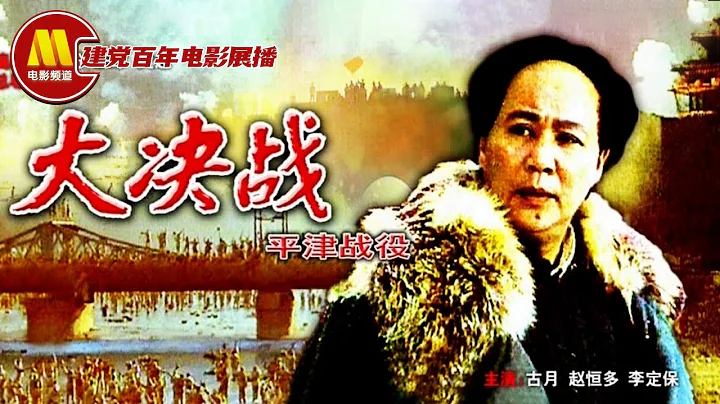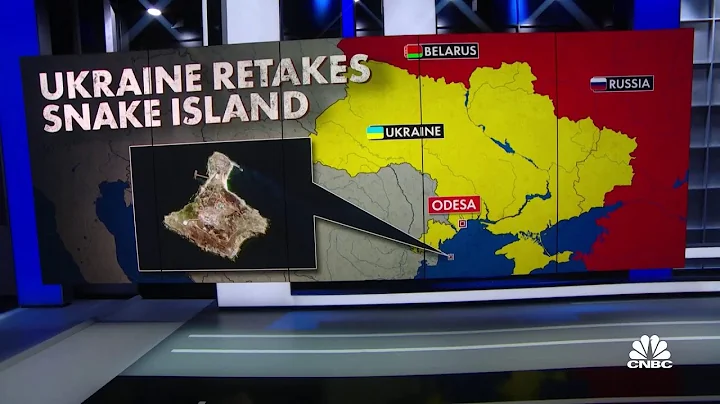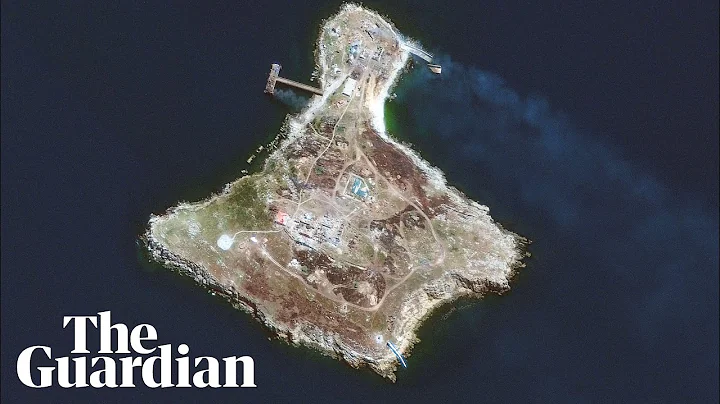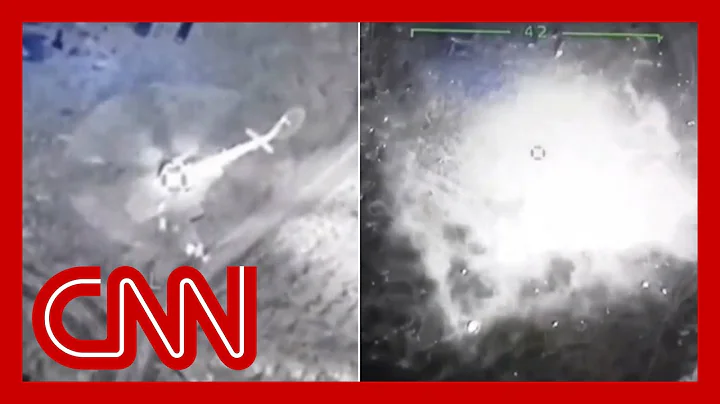The only battle personally commanded by Commander-in-Chief Zhu De during the Anti-Japanese War (Part 2)
In this battle, the Eighth Route Army participated in the guard force of Commander-in-Chief Zhu De. Friends who are familiar with history will wonder whether this is the famous "Zhu De Guards" "What about ?"

Today's Zhu De Guards Regiment belongs to the 71st Group Army and is still a powerful force.
Yes, this Eighth Route Army Headquarters Special Agent Regiment was formerly the Red Army Military Commission Security Battalion. After the Long March , it was expanded to the "Chinese Workers' and Peasants' Red Army Central Military Commission Special Agent Regiment". Because it has long served as the security guard for the Eighth Route Army Headquarters and Commander-in-Chief Zhu De, in April 1945 It was officially named "Zhu De Guards Regiment" by the Central Military Commission.
This turned out to be a large regiment with a three-three system. After crossing the Yellow River , Commander-in-Chief Zhu De allocated its first battalion to the 120th Division, and the fourth, fifth, seventh and ninth companies to the 115th Division to assist them. When the situation opened up, there were only two companies left, led by Second Battalion Commander Ou Zhifu (Founding Major General), the 6th and 8th companies. When they were in Hongdong, the regiment was expanding. The original two companies were organized into one battalion, and Liu Peng was appointed as the commander of the first battalion. Ou Zhifu personally organized a new barracks, but when the Battle of Anze started, the new barracks Still marching and not following.

Maps around the Anze operation.
When the battle at Sangui Ridge began, Commander-in-Chief Zhu and Chief of Staff Zuo Quan rode to the front line of Fucheng to personally inspect the positions and deploy operations. The battle continued until two or three o'clock in the afternoon, and the situation was once critical. However, Zuo Quan, who was serving as the battlefield commander at the front enemy at this time, was worthy of being a red general from Frunze Military Academy . He ordered the guards to escort Zhu De to the second line of defense, and brought two combat staff officers and a cavalry squad to visit in person. First line of defense command.
Zuo Quan calmly judged the enemy's situation and ordered the troops to neither counterattack nor abandon their positions. When the enemy approached, he would throw grenades to kill the enemy. In this way, fighting and moving, in the complex terrain of Shanxi, the enemy was never able to quickly break through the defenses of a company of the Eighth Route Army.
At around 6 o'clock in the evening, the subordinate troops of Zeng Wanzhong arrived, and Commander-in-Chief Zhu De immediately ordered them to launch a counterattack from the side and rear to cooperate with Zuo Quan's frontal defense. As night fell, the Japanese army lit a raging fire at the foot of the mountain, tempting our army to abandon their positions and pursue them. Zuo Quan did the opposite and ordered his troops to seize the opportunity to retreat steadily and enter new positions.
In the early morning of the next day, the Japanese army counterattacked to repel Zeng Wanzhong's troops and continued to attack the troops led by Zuo Quan. Zuo Quan led his troops to retreat to Qinshui. Taking advantage of the better equipment of the headquarters troops, he used machine guns to violently fire at the enemy troops trying to cross the river. The vanguard of the Japanese army trudging through complex terrain did not have heavy weapons, and dozens of people were killed immediately. After several failed forcible crossings, the Japanese army reluctantly changed paths and tried to open a path forward from the direction of the counterpart store. Their detour bought time for our army to evacuate the masses and military and political agencies.
Zuo Quan took the opportunity to divide the troops into small groups and block the attacks one by one along Laojing, Duukoutian, Fucheng, Caoyuling, Yongle, Qilipo, Caijiazhuang, and Yaodian. He gave full play to the Eighth Route Army's flexibility and adeptness in guerrilla warfare, and defeated the Japanese army. They were blocked on the way forward time and time again, but there were no serious casualties on our side. The fighting route between the two sides was more than 120 miles long.

Instead of sticking to one place, he maneuvered to complete the blocking mission and killed a large number of enemy troops. Zuo Quan was selected as one of the "36 Military Strategists of the Republic". From this battle, it can be seen that he truly deserves the title.
The frontal attack was never able to break through smoothly. The Japanese army learned that Zhu De directly commanded the troops to block the attack, and immediately decided to use Army Air Force to bomb the Guxian Town where Zhu De's headquarters was located to destroy our army's headquarters. What makes people laugh or cry is that the Japanese Air Force used the wrong map at a critical moment! The original order was to bomb the "Old County" located in Anze, but it was mistakenly executed into bombing the "Old County" located in Tunliu.
As a result, the Japanese aircraft made a wasted trip.
In this battle, under the command of Zhu De and Zuo Quan, the Eighth Route Army effectively delayed the enemy's attack. The Japanese army started fighting with the Eighth Route Army on the 22nd, less than 100 kilometers away from Linfen. However, it was blocked by the Eighth Route Army on the first day and only advanced 12 kilometers. In the following two days, it advanced a total of 16 kilometers. During this period, people in the surrounding counties of Anze, Fushan , Qinyuan and other counties were able to evacuate safely. According to statistics, all the people were relocated during the Japanese army's occupation of various places, and no household was affected. massacre.
It is worth mentioning that the headquarters of Yan Xishan in Linfen was also evacuated. Zhu De contacted Yan Xishan through County Magistrate Deng Zhaoxiang, but no one on the other side answered the phone. After listening to County Magistrate Deng's report, Zhu De shook his head and said: "Don't look for him, he is a rabbit."
The Japanese army, furious, continued to send out aviation troops to bomb indiscriminately, trying to destroy our defense line. During the battle, Anze County Self-Defense Force squadron leader Zheng Chunxi and others died.
html On the 227th, the Japanese army shelled Guxian Town and attacked the town. Three enemy planes flew low and strafed our positions. At this time, Zhu De and Zuo Quan stood side by side on the walnut tree wall on the south side of Guxian Town, observing the enemy's situation through binoculars and directing the battle. A guard called the commander-in-chief to get out of the way. Zhu De said with a smile: "It doesn't matter, the enemy doesn't know where I am now, otherwise they wouldn't attack the main wing." The fearless spirit of the commander-in-chief left a lasting impression on those present. Deeply impressed. On the same day, our army withdrew safely, and Zhu De led the headquarters troops to march to the Taihang Mountains to start a new journey.So, where was the cane knife exhibited at the Military Expo this time seized?
Considering that it is not easy to obtain trophies during the blocking battle, it was most likely captured during the Eighth Route Army's roundabout attack on the rear of the Japanese army on the 27th. The location of that battle was not far from Longfeng Town.
html On the 227th, Wei Lihuang sent five battalions of reinforcements to support Commander-in-Chief Zhu in his battle. Although they only had a little more than two companies of troops around them, Zhu De and Zuo Quan still launched a roundabout attack against the enemy with the support of this friendly force. Both the original battalion and the new battalion (Second Battalion) that had just caught up participated in this battle.The Japanese transport troops, including the field hospital, were caught off guard and were severely damaged. Our army destroyed more than 80 enemy transport vehicles and seized hundreds of packages of military uniforms, military blankets, and large quantities of guns, ammunition, and food. Two precious mountain cannons were even captured in this battle. Unfortunately, the Kuomintang army was not determined enough to fight and withdrew early. As a result, the Eighth Route Army failed to evacuate in time and was counterattacked by the enemy. The commander of the first battalion, Liu Peng, died and failed to capture them. Take away the mountain cannon. However, it makes sense to take a small trophy like a cane knife back.

This is undoubtedly a pity. During the Anti-Japanese War, the capture of a flat-fire cannon was also a huge threat to the Japanese army's gun tower tactics.
This battle successfully blocked the Japanese army for four days and three nights, achieved brilliant results with a small force against the powerful enemy, and completed the preset combat mission, which fully demonstrated the outstanding contribution of the Red Army in the Anti-Japanese War.

"Liangyou" magazine with Commander-in-Chief Zhu De's photo on the cover.
At the same time, according to the existing materials, no other records of Commander-in-Chief Zhu De commanding a specific battle during the Anti-Japanese War have been found. This battle is likely to be the only battle that Commander-in-Chief Zhu personally commanded during the Anti-Japanese War. Although more than 80 years have passed since the battle on Lintun Highway, Commander-in-Chief Zhu De's fearless and courageous demeanor in the face of danger is still fascinating. The captured saber in the Military Museum of the Chinese People's Revolution may become a permanent memorial to this battle.
[End]
Welcome to follow the public account [Sasutime] (sasutime)


![✨Supreme God Emperor EP 161 - EP 280 Full Version [MULTI SUB] - DayDayNews](https://i.ytimg.com/vi/8lcnuuZC07s/hq720.jpg?sqp=-oaymwEcCNAFEJQDSFXyq4qpAw4IARUAAIhCGAFwAcABBg==&rs=AOn4CLBQPRBcdIzmny5juWnORtrTNchzOQ)
